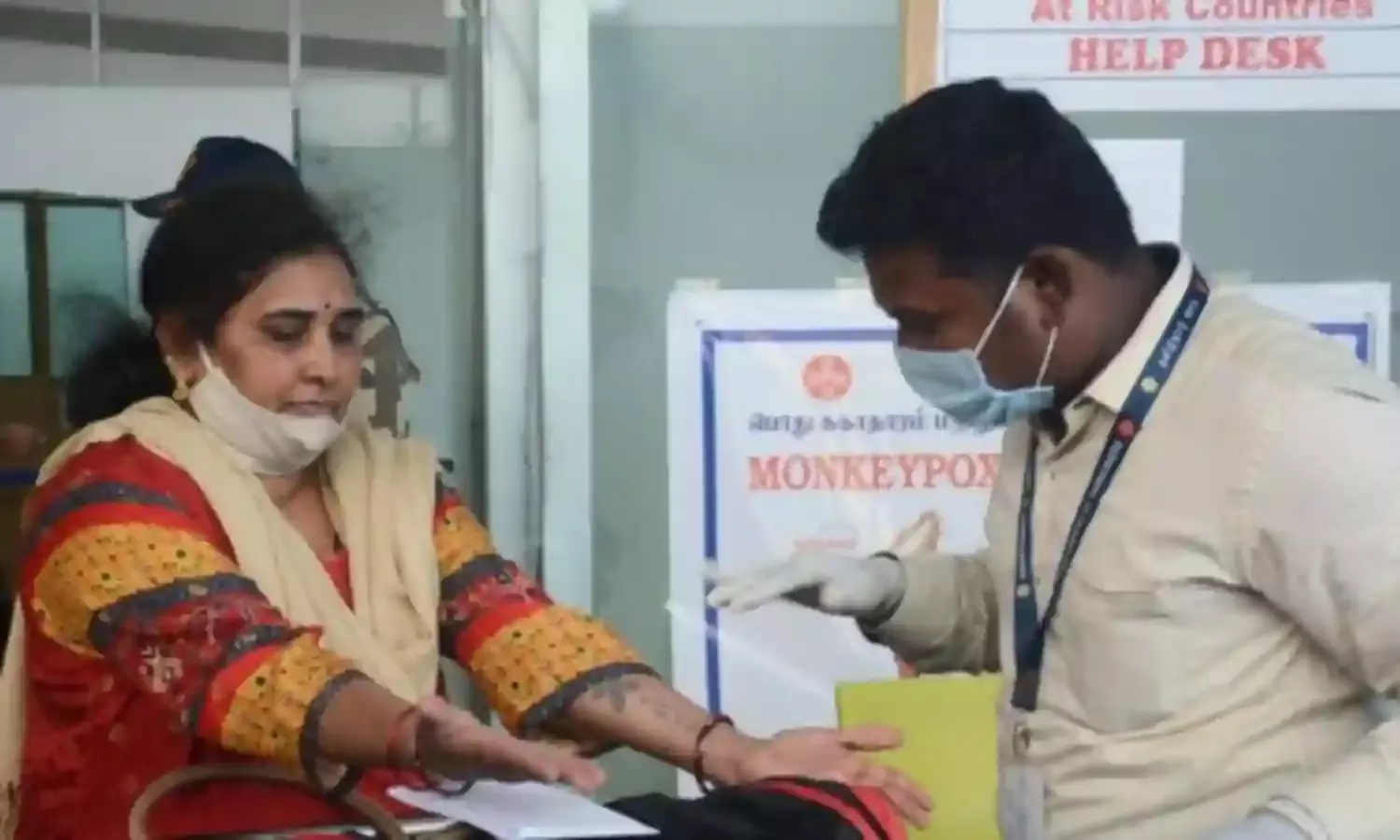Kerala Plays Host to Communicable Diseases - Why?
Now MonkeyPox in Kerala

Kerala's health minister Veena George on Friday confirmed the third case of Monkeypox in the state. The patient, a 35-year-old man who arrived from the UAE on July 6 is now undergoing treatment at the government medical college in Manjeri and is stable, she said.
Kerala had reported its first case of Monkeypox on July 14 after another 35-year-old man, who also arrived from the UAE was diagnosed with the disease.
This is not the first time that Kerala has been the first to report the outbreak of a communicable disease in India. The West Nile Fever which killed a man in Kerala's Thrissur in May this year was earlier reported in Kerala in 2006, 2011 and 2019.
Recently, the tomato flu, a slightly more common disease prevalent among children was detected first in Kerala and soon spread across the state. On June 5 this year, Kerala again reported the first case of Norovirus in the country. The state government confirmed that two children living near Thiruvananthapuram had been diagnosed with the disease.
In July, 2021, the first case of Zika virus was reported in Kerala.
Even the deadly pandemic COVID-19 was first reported in Kerala after three medical students who had returned from Wuhan, the epicentre of the disease, were diagnosed with it. In May 2018, Kerala's Kochi was the first to report the outbreak of Nipah. However the government managed to contain it within the state and declared it over in June the same year.
The success of the government in containing this virus received high praise all over the world. A Malayalam film named 'Virus' was later released reflecting how the highly efficient manner in which the epidemic was contained.
There have been several other epidemics in past that either started in or spread across the state - H1N1, Anthrax, Kyasanur Forest Disease and ebola.
So why is Kerala more prone to epidemics than the rest of the country? Experts suggest that one of the main reasons is the high volume of incoming travellers from various parts of the world. A large portion of these people are either doctors, nurses or medical students, making them more prone to contracting viruses in the hospitals they work in.
According to a recent study in the journal 'Nature', another possible reason could be the increasing human encroachment into wildlife habitat in the western ghats of Kerala. The authors suggest that encroachment of this sort could favour the interaction between humans and wildlife species, either directly through activities such as hunting or indirectly through other species, particularly livestock that are in closer contact with humans. It also adds that wherever humans come in frequent contact with bats, zoonotic diseases are known to thrive.
However, according to Dr Gagandeep Kang, a well-known virologist, apart from the volume of international incoming travellers, the fact is that Kerala's advanced healthcare system allows for better detection of these diseases. "If you don't look for stuff, you won't find it. Take the case of Zika. It was prevalent in places like Madhya Pradesh for very long, but it was detected much much later. If other states show an absence of these viral diseases, it could also mean that they are not being detected properly." Kerala on the other hand has had a robust testing mechanism, with a highly efficient contact tracing system in place.
Experts suggest that the focus should instead be on how well the state has managed to control the epidemics, be it Nipah or COVID. Also, the honesty in detecting and reporting cases provides for valuable data that could aid research and help us understand these diseases better.



